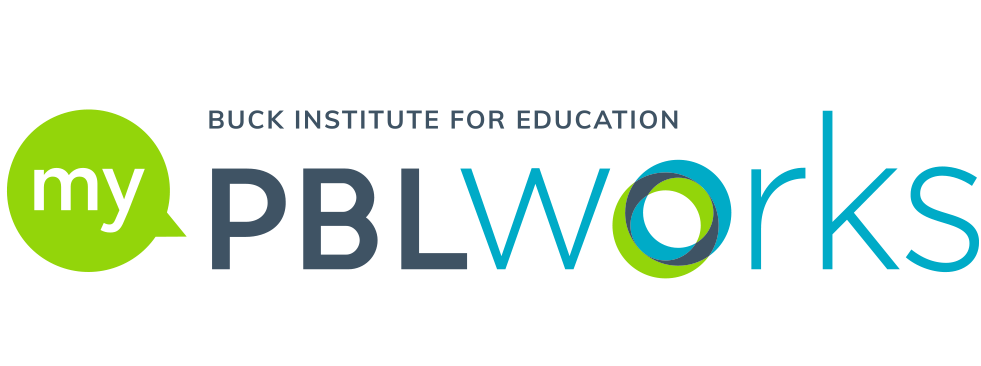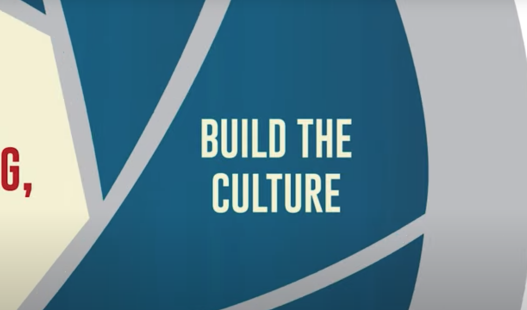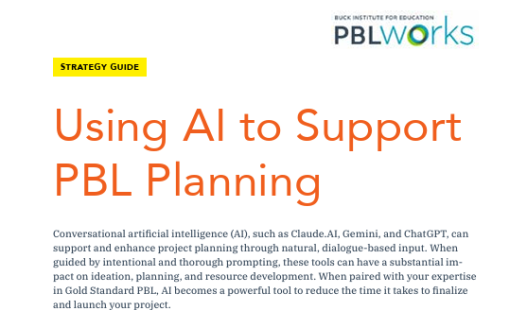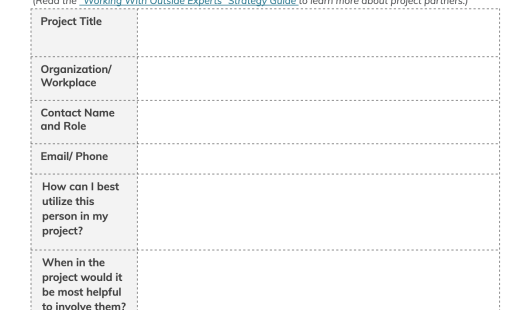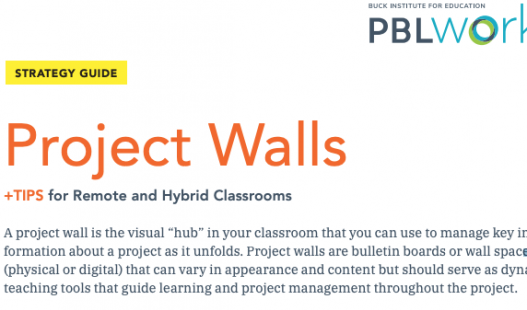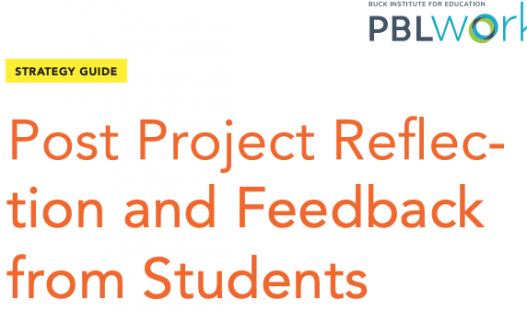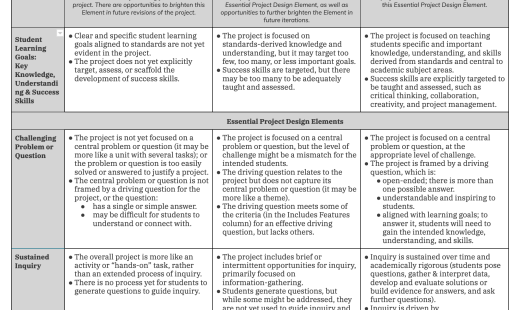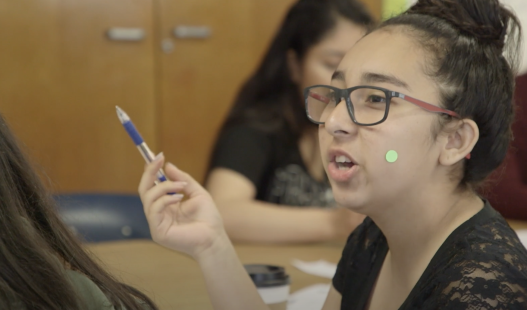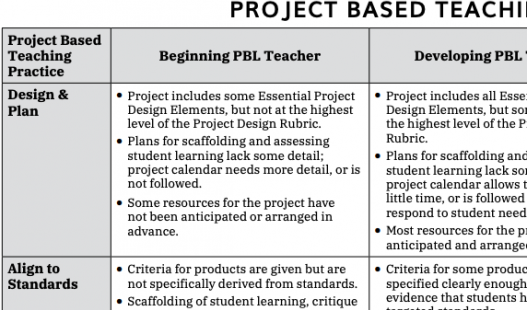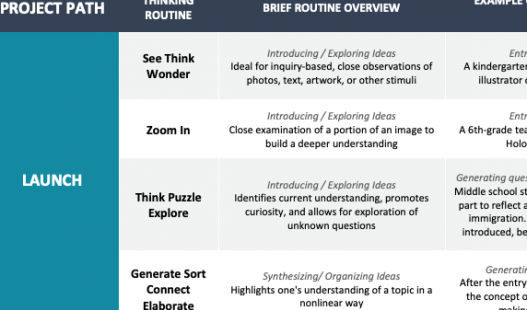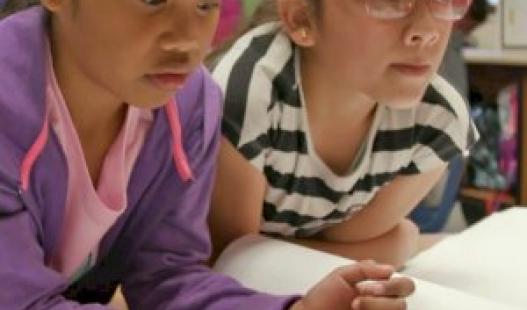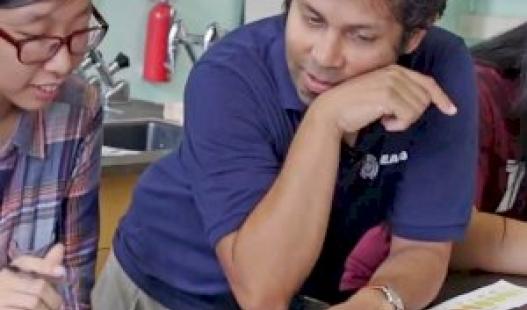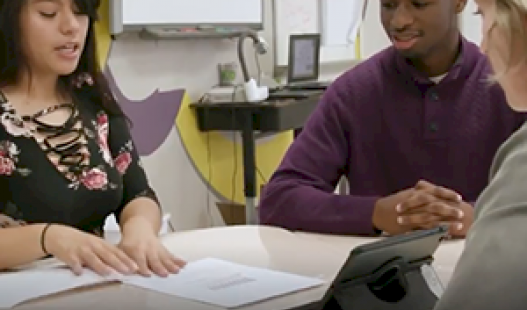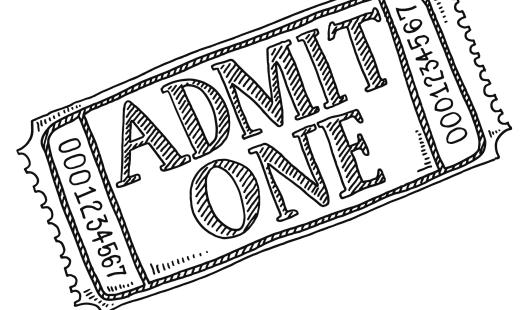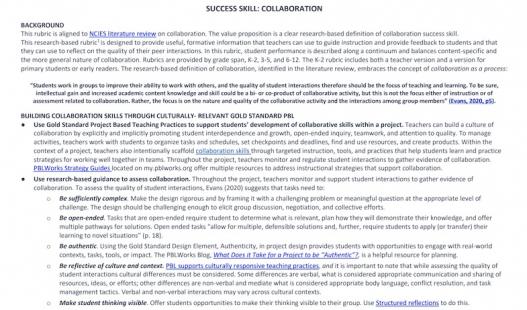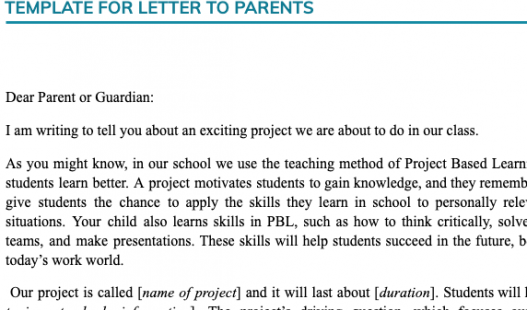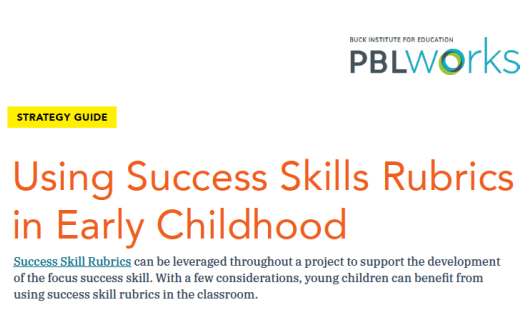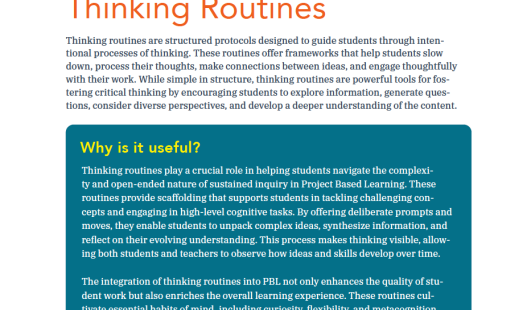147 Results
The Buck Institute has created this short video to help explain the Project Based Teaching Practices in our model for Gold Standard PBL.
Conversational artificial intelligence (AI), such as Claude.AI, Gemini, and ChatGPT, can support and enhance project planning through natural, dialogue-based input.
Use this tool to plan for thoughtful collaboration with industry and community partners.
How to use project walls to manage and display student learning in the classroom.
Just as you encourage students to accept critique and revise their work, you should use critique processes to inform your revision of projects. This strategy guide offers guidance on how to request and use student feedback to refine your projects.
Plan projects with Gold Standard PBL's Essential Project Design Elements.
PBLWorks Project Videos 2018: High School World History - Erin Brandvold, Impact Academy of Arts & Tech
For quick evaluation of a project's design, to check for Gold Standard PBL's Essential Elements.
This rubric describes beginning, developing, and Gold Standard levels for Project Based Teaching Practices.
This table shows some examples of how teachers used thinking routines in PBL units.
PBLWorks Project Videos 2018: Middle School ELA/History - Kimberly Head-Trotter, McKissack MS, TN.
PBLWorks Project Videos 2018: Grade 3 interdisciplinary - Cheryl Bautista, Katherine Smith ES
PBLWorks Project Videos 2018: High School Chemistry - Rayhan Ahmed, Leaders High School.
PBLWorks Project Videos 2018: High School Math - Telannia Norfar, Northwest Classen HS, OK
Event planning and hosting involve designing, organizing, and holding a gathering or activity for a specific audience and purpose. Events can range from small, focused workshops to larger-scale exhibitions, performances, or community celebrations.
Explains PBL, details the project, addresses assessment issues, and informs parents how to help.
Success Skill Rubrics can be leveraged throughout a project to support the development of the focus success skill. With a few considerations, young children can benefit from using success skill rubrics in the classroom.
Thinking routines are structured protocols that guide students through intentional thinking processes. These routines offer frameworks that help students slow down, process their thoughts, make connections between ideas, and engage thoughtfully with their work.
The workshop model is an apprenticeship approach to teaching that emphasizes structured learning in short, focused segments followed by student-centered practice and application.
